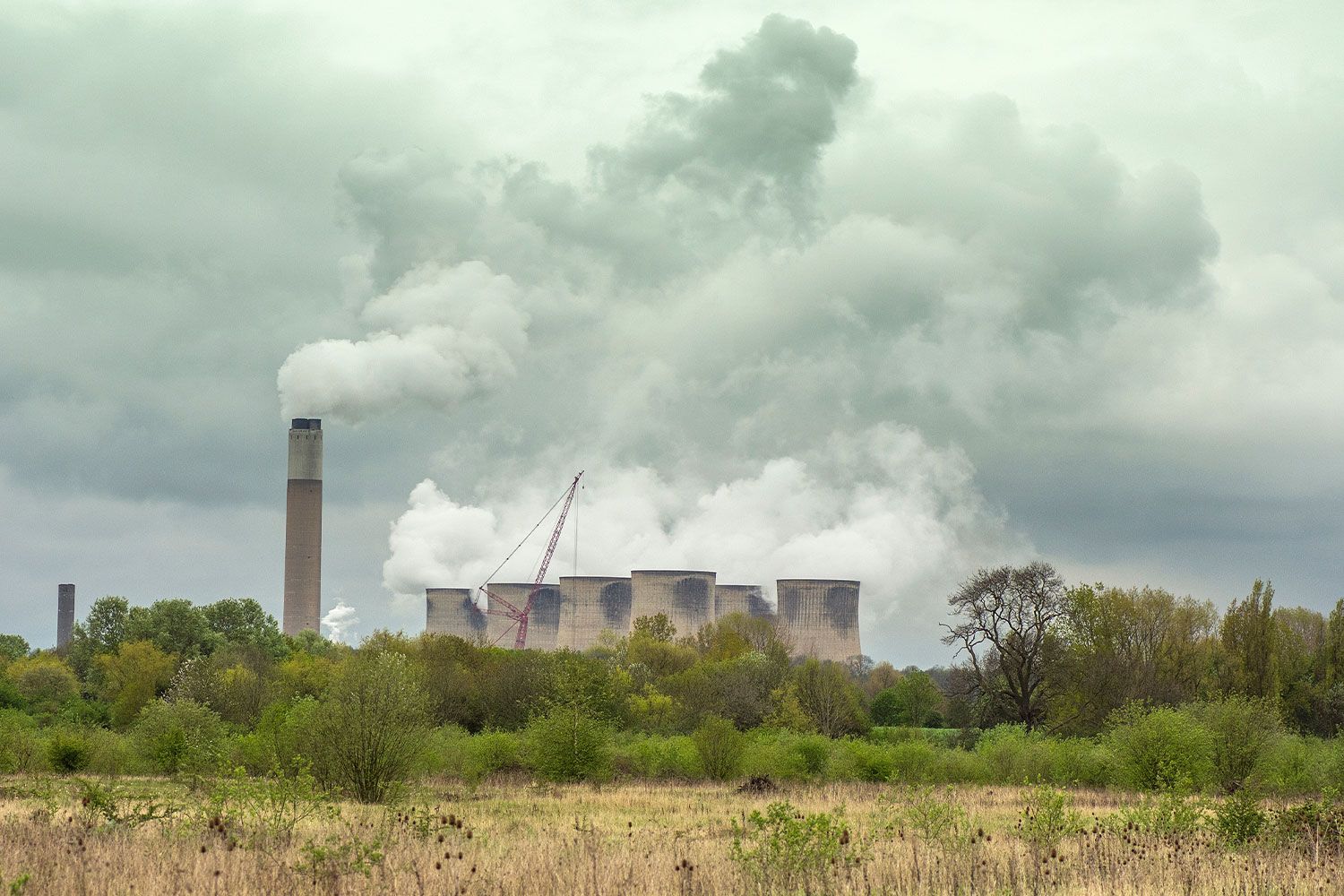Environmental law cases can be complex and often involve multiple parties, extensive scientific evidence, and a range of legal issues. They may result in various remedies, including monetary damages, injunctive relief, and the enforcement of environmental regulations.
Here are some common types of environmental law claims:
Pollution Claims: These claims involve allegations of pollution, such as air or water pollution, soil contamination, or hazardous waste disposal. Plaintiffs may seek remedies for damages caused by the pollution, including health problems, property damage, or loss of natural resources.
Endangered Species Act Claims: These claims involve disputes over the protection and conservation of endangered or threatened species. They often challenge government actions that may harm these species or their habitats.
Clean Water Act Claims: Such claims relate to violations of water quality standards, wastewater discharge permits, or regulations related to the discharge of pollutants into bodies of water.
Clean Air Act Claims: These claims address violations of regulations designed to protect air quality, including emissions from industrial facilities, vehicles, and other sources.
Natural Resource Damage Claims: Natural resource damage claims are brought to seek compensation for harm to natural resources, such as damage to ecosystems, fisheries, and wildlife, caused by pollution or other environmental violations.
Environmental Regulatory Compliance Claims: These claims can be brought by environmental groups or concerned citizens to enforce compliance with environmental laws and regulations. They seek to ensure that individuals, companies, or government agencies adhere to environmental standards.
Private Nuisance Claims: Private nuisance claims involve allegations of environmental harm to individuals or their properties caused by the activities of others, such as odours, noise, or other disturbances related to environmental factors.






